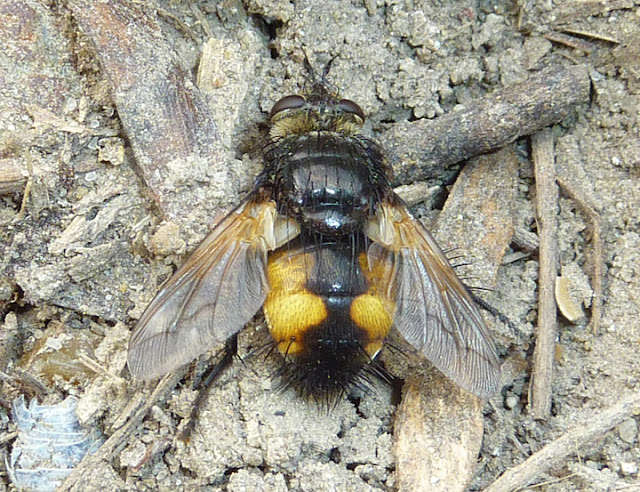A gift that keeps on giving
Just two days into a week at Dungeness and already the shingle is providing me with natural history of the highest order. I won't post in any detail until my return home, but in just 48 hours I've been treated to a rare colony of Tree Crickets, spent a couple of hours botanising in completely 'new' Dungeness habitat and have had incredible views of a low-flying Honey Buzzard. Whatever happens during the rest of the week, the old place has proved itself - as it always does - yet again.










